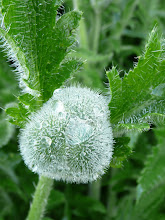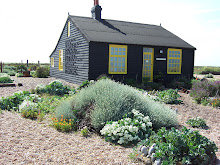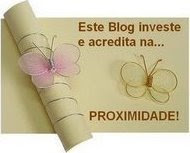
WISHING YOU A HAPPY NEW YEAR
Let's hope 2008 is a great gardening year for us all, I know it is going to be busy!
Spot that cracked flowerpot. I have got many of these around the garden at the moment, I can see some repotting coming on in January!




























































|
I am a |




















